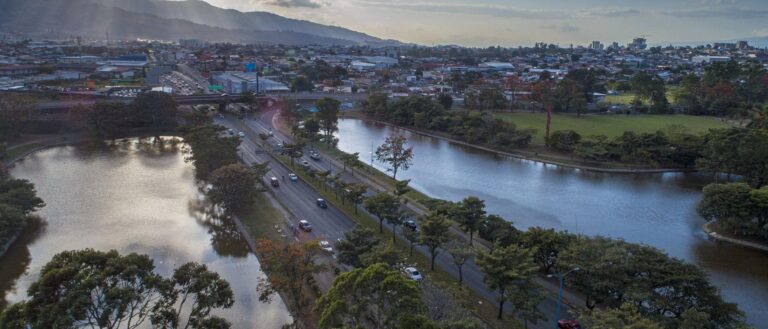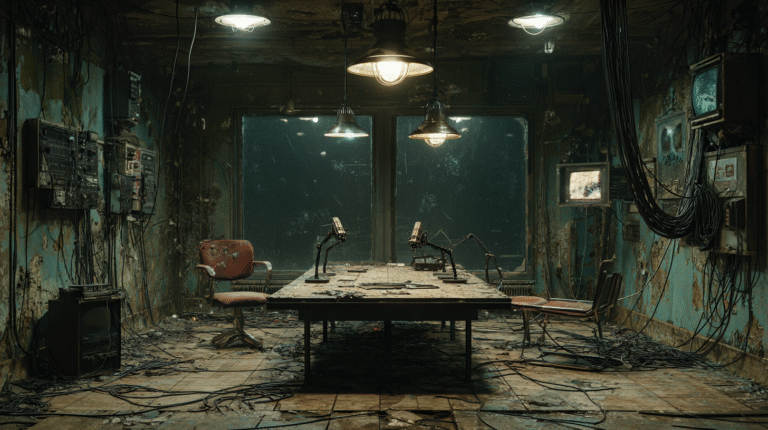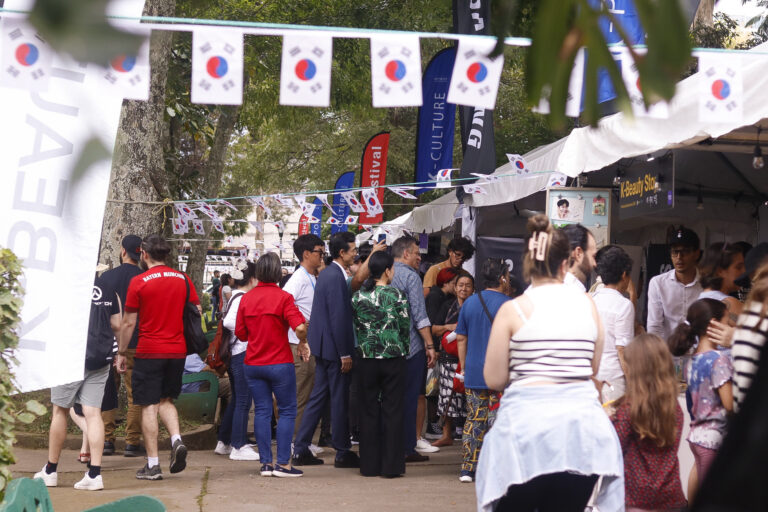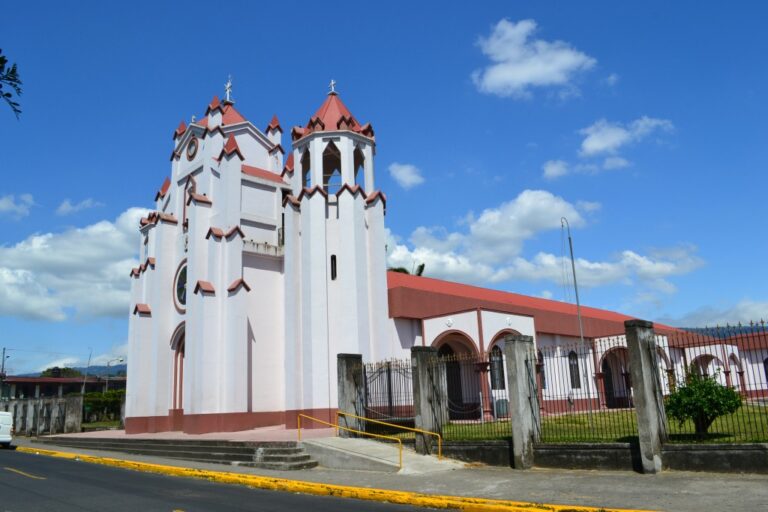SAN JOSÉ – In a notable example of international scientific and cultural collaboration, a set of Costa Rica’s iconic pre-Columbian stone spheres is undergoing a meticulous restoration process in Mexico. These artifacts, emblems of Costa Rican identity and declared a UNESCO World Heritage site, are being treated by specialists from Mexico’s prestigious National Institute of Anthropology and History (INAH).
The spheres, which are the most tangible legacy of the Diquís culture that inhabited southern Costa Rica, face constant conservation threats. Exposure to tropical conditions over centuries has caused significant damage, including fissures, surface erosion, and colonization by biological growth such as moss and lichen, which deteriorate the stone.
The Mystery of the Diquís Spheres
Created and erected between 500 and 1500 AD, these monolithic sculptures represent an archaeological enigma. Carved from hard volcanic rock, primarily gabbro, their most astonishing feature is the precision of their sphericity, achieved presumably with stone tools.
Formally discovered in the 1930s during deforestation for banana plantations in the Diquís Delta, their original purpose remains a mystery. Theories range from territorial markers and symbols of social status to their use as astronomical instruments for tracking solar cycles and constellations. Their alignment at specific sites suggests deep planning and advanced cosmological knowledge.
A High-Tech Conservation Process
The restoration project being carried out in the INAH laboratories in Mexico is a highly specialized process. Mexican conservators and scientists, with extensive experience in managing Mesoamerican lithic (stone) heritage, are applying advanced techniques to stabilize the pieces.
The treatment includes:
- Specialized Cleaning: Careful removal of layers of biological material and environmental pollutants without compromising the original rock surface.
- Structural Stabilization: Filling and consolidating fissures and cracks using materials compatible with the original gabbro composition, ensuring the spheres’ structural integrity.
- Scientific Analysis: Studying the stone’s composition and the agents of deterioration to develop long-term conservation strategies.
This collaboration not only aims to restore the physical stability and aesthetic legibility of these monuments but also to strengthen the ties between Costa Rica and Mexico. Both nations share a deep pre-Columbian past and a commitment to preserving their cultural heritage. The knowledge generated from this project will be vital for the future conservation of the remaining spheres at the National Museum of Costa Rica and at their original sites in the south of the country.


















